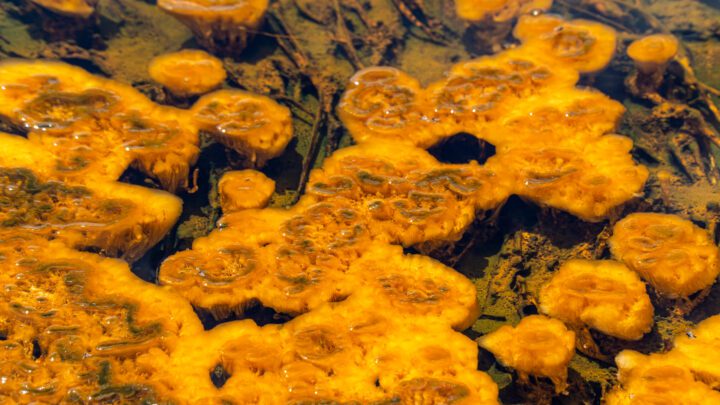Maintain Homeostasis
When a living system is in homeostasis, it means that internal conditions are stable and relatively constant. For example, a human’s internal temperature is approximately 37 degrees Celsius (98.6 degrees Fahrenheit) unless there’s an illness. The human body maintains this temperature despite external ambient temperature. However, as with all physiological processes, maintaining homeostasis requires communication and coordination. So living systems have ways to detect changes from the norm, mechanisms to cause an adjustment, and negative feedback connections between the two. A desert lizard called the Gila monster offers a good example of maintaining homeostasis. The lizard goes from eating large meals to fasting for extended time periods. To maintain its blood sugar levels at a steady level, when food is scarce, its endocrine system releases a hormone that raises its blood sugar levels.
Protect From Temperature
Many living systems function best within specific temperature ranges. Temperatures higher or lower than that range can negatively impact a living system’s physiological or chemical processes, and damage its exterior or interior. Living systems must manage high or low temperatures using minimal energy, which often requires controlling responses along incremental temperature changes. To do so, living systems use a variety of strategies, such as avoiding high or low temperatures, removing excess heat, and holding heat in. Insulation is a well-known example of managing low temperatures by retaining heat using thick layers of hair, fur, or feathers to hold warm air next to the skin.





